3D-Printing Spinning Tools
words and photos by Sissel Brun Ellevseth
When the Coronavirus cancelled our plans for summer vacation, I decided to invest the airfare refund in a 3D printer. The initial thought was to print fun stuff for the kids, useful things for the house, and bobbins for my EEW Nano and other tools for spinning and weaving. The printer is useful for all sorts of projects. Where I earlier had to make things of wood or metal, I can draw up my project on the computer and some hours later the finished thing is ready. Now, I must admit, it not always quite as easy as that. There have been a lot of trials and errors, a lot of hours cursing the computer for not understanding what I want it to do for me in the design program, and the occasional spaghetti incidents.
A lot of finished designs for spinners are available on sites like Thingiverse, ranging from simple drop spindles to entire plans for electric spinners. On Thingiverse, all files are free to use, and some you can even print for sale. Just be sure the designer has released the design with such a license. It is never fun to find your design being sold on Etsy by someone else if your intent is just to share designs for personal use.
The first 3D-printed spindles I saw in a spinning forum was Chivampi’s dealgan back in 2016. I had never even seen a spindle like that, and 3D-printing itself was quite new to me. The dealgan spindle is of Scottish origin from the 18th century and doubles as a nostepinne if you wind your yarn right. A dealgan is an easy to print, easy to use spindle (once you get your leader attached), and the spindle can be used just as is, straight from the printer. You can find a couple more dealgan designs on Thingiverse too if you should want a little more curved look. There are often many different options on a theme, and it is always encouraged to post makes and adaptions to a design; just remember to be nice and credit the designer if you use an existing design as a template.
Another fun and easy printed spindle project is Scott Snyder’s little Mayan paddle spindle. The design requires a 22mm bearing and a stick to get going, but if you have some of those fidget spinners lying around, you can easily pop out a bearing from the center of one. Since you now have a fidget spinner with no spinner action in sight, why not check out Scott’s other designs and print up a top whorl fidget spinner adaptor? Find a dowel and a hook and you will have two cool new spindle toys to play with.
Some of you might like a small distaff to help manage the wool while spindling. Verdrus uploaded a nice finger distaff a while back. I printed this design in wood-filament which is plastic containing real wood fibers. A print in wood filament can be sanded and oiled like real wood. I find this filament needs a lot of sanding and finishing while other plastic filaments are much easier to use, like the most common in use polylactide (PLA) family.
PLA comes in a wide array of colors and finishes. It prints on fairly low temperatures and can be used on the simplest of printers. PLA is a renewable thermoplastic and a polymer. It is “processed” from the starch of plants such as corn, sugar cane, and sugar beet, making it environmentally friendly and sustainable. It will not stand well for heat so it should not be used for things that will need to withstand the heat from the sun.
Now that you have made your spindles, you might need a niddy-noddy to skein your yarn? You have several designs to choose
from, like this quite easy to print, one-yard niddy-noddy from Sarahspins.
Are you going to knit with your yarn? Check out the sock blockers, stitch markers, yarn bobbins, and even several yarn ball winder designs available out there. Some even have full plans to motorize the winder. Now, not all designs available will hold water. There are incomplete files and downright awkward designs, but there are also perfect designs. You just have to go exploring. Be aware though, time flies when you’re down the rabbit hole… Other than Thingiverse, several other sites offer printing files both for free and for payment. Yeggi.com and stlfinder.com are useful search engines that will help you search multiple sites at once.
You can also find a lot of different bobbins and some other wheel accessories for various wheels to print too, like for the EEW e-spinner family. In addition to the EEW community’s designs, Maurice Ribble – the inventor of the EEW e-spinners – has made all design files for bobbins and accessories available to print and customize the spinners. He even allows people with 3D-printers to print and sell his designs. The EEW Nano has a lot of gadgets to choose from like battery boxes, various lazy kates, bobbins and yarn guides. With the new EEW 6.0 with its big bobbin capacity, I expect we are going to see some very cool bobbin designs in the future.
For the much smaller Nano, you have a lot to choose from if you want to buy finished fancy bobbins. Swedish Wool and Yarns as well as Snyder Spindles on Etsy sell fun bobbins, as do Snortimers Hub and Theresa Ehlers from their own web shops, and there are others out there offering the standard bobbins Maurice has designed.
Designing for 3D-printing can be done in various programs. I like Fusion360, which is free for personal use with limited functionality. It is quite an advanced program, and I don’t need the limited functions for my designs in any case, so the light version is good for me. One other commonly used program from the same developer is Tinkercad, a simpler program which also is free to use. Any design program will take some time to learn to use, but when you master designing on the computer there is little limit on what you can make. My husband is my best customer, often coming home with ideas of what I could make to hang this and that to the walls in his home brewery. I have also repaired toys for the kids by replacing a water tank in a loved fire truck, rebuilding the trailer hitch on a small car model, and making tons of Among Us miniatures for the tween.
I find the 3D-printer especially useful for making band weaving heddles in all sizes imaginable, and I have made loads of the different Turkish spindles on Thingiverse to gift my friends who are interested in spindling.
3D-printing as a hobby is both fun and challenging. A lot of resources are available online to master both designing and how to perfect your prints, and a lot of forums are available online to get answers to problems. There are a lot of different printers available in all price ranges, so if you are in the market for a printer, be sure to use your time to choose the right one. If you don’t want to invest in a printer yourself, some libraries have printers and will let you use them, sometimes for a fee. Also, if you have a Makerspace community in your area, go check them out! Makerspaces usually have printers and all the other cool toys and tools, and Makerspace people are usually super cool people.
Did you know we also have a monthly PLY newsletter? Sign up here!
PLY Magazine believes that Black lives matter, as well as LBGTQI+ lives. Those most vulnerable and persecuted in our communities deserve our love and support. Please be good to each other.

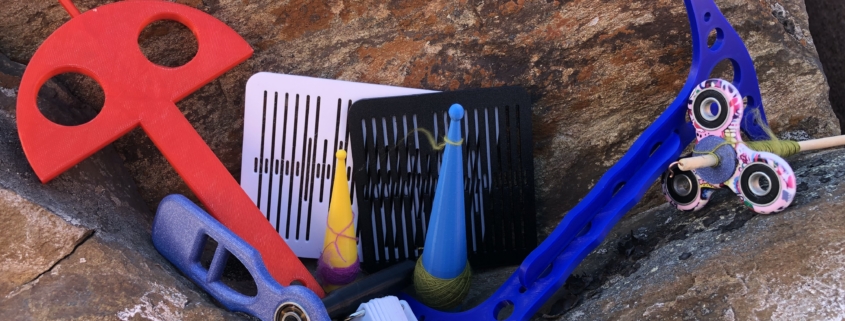
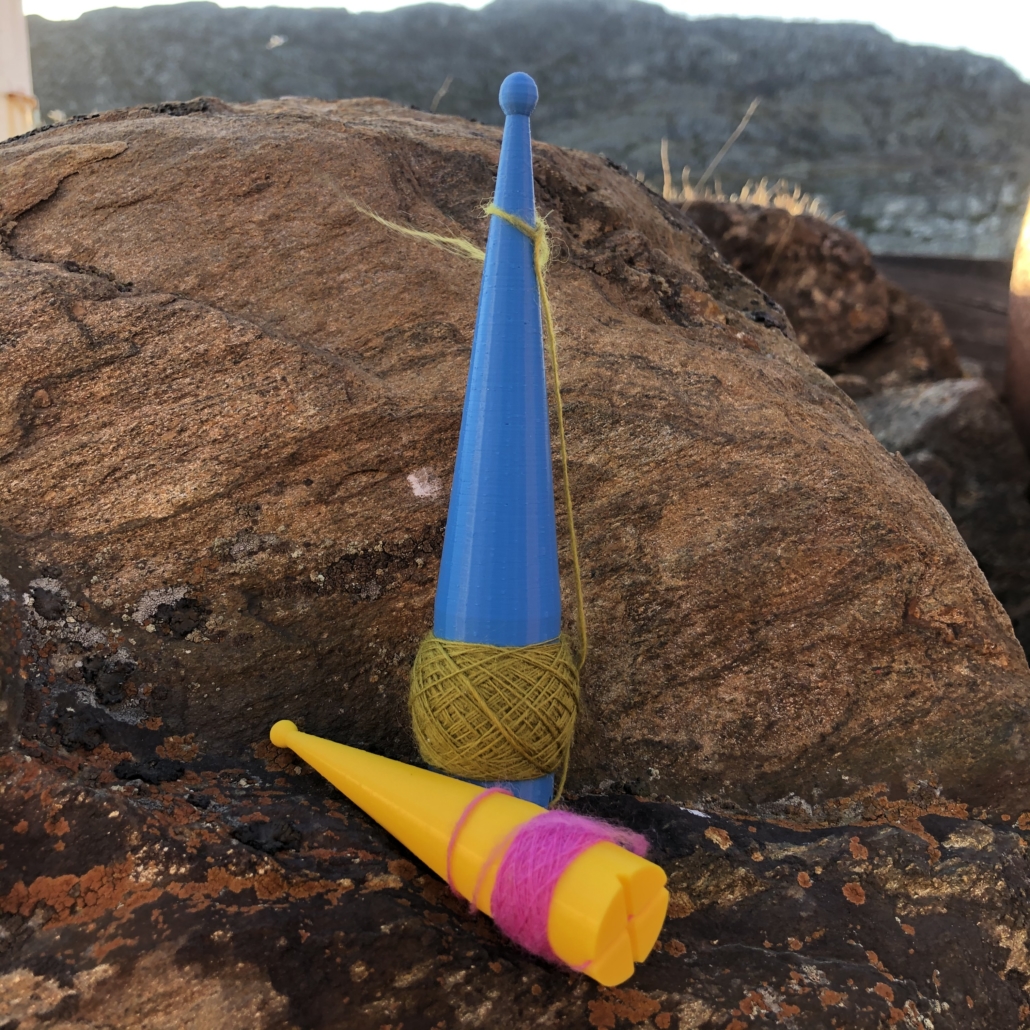
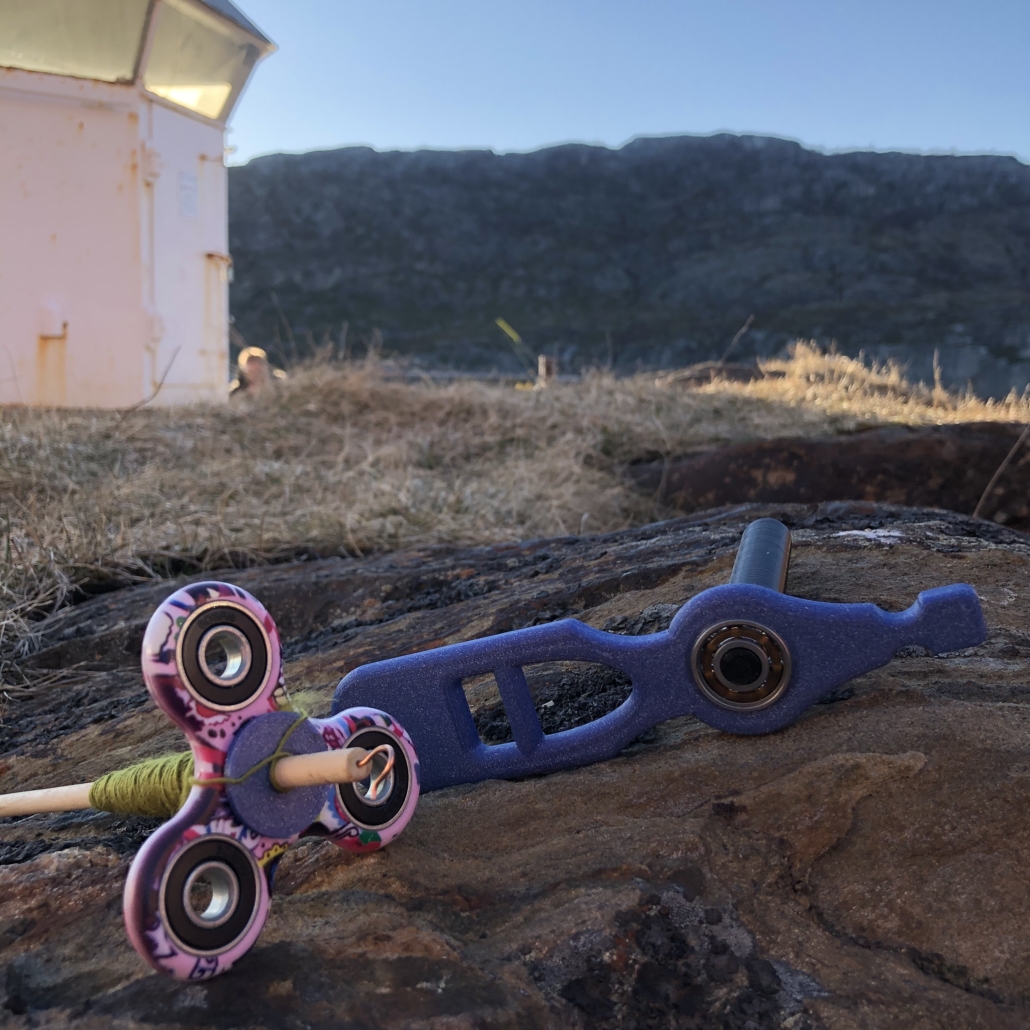
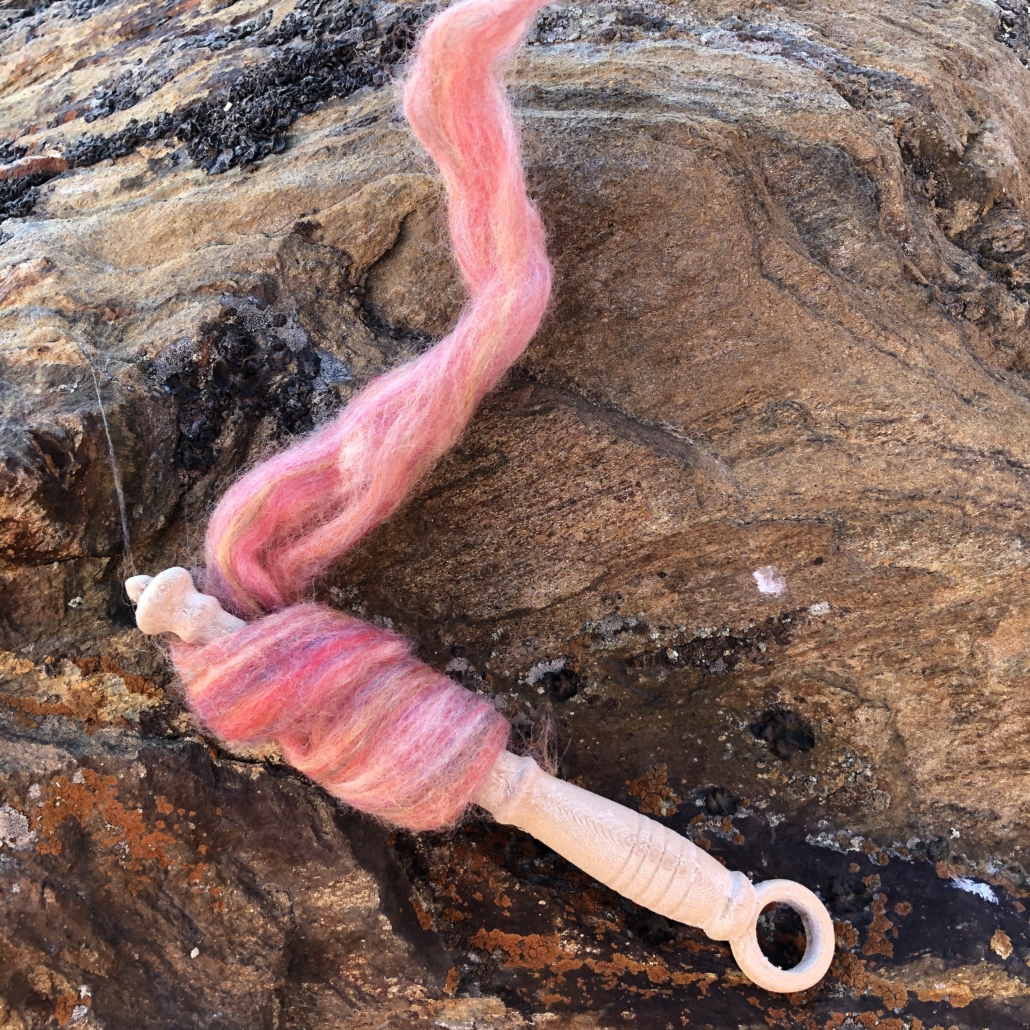
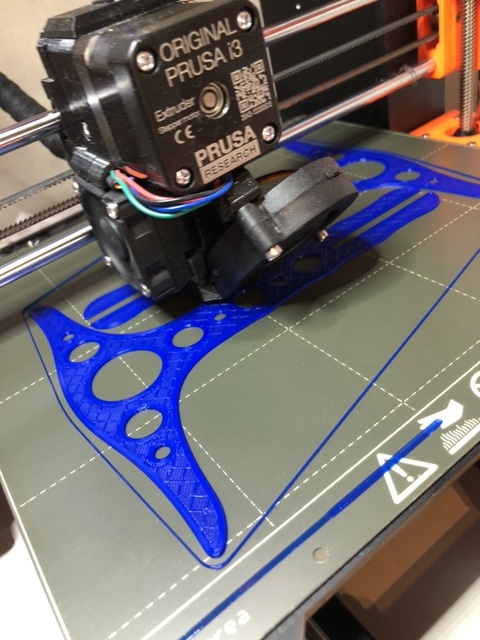
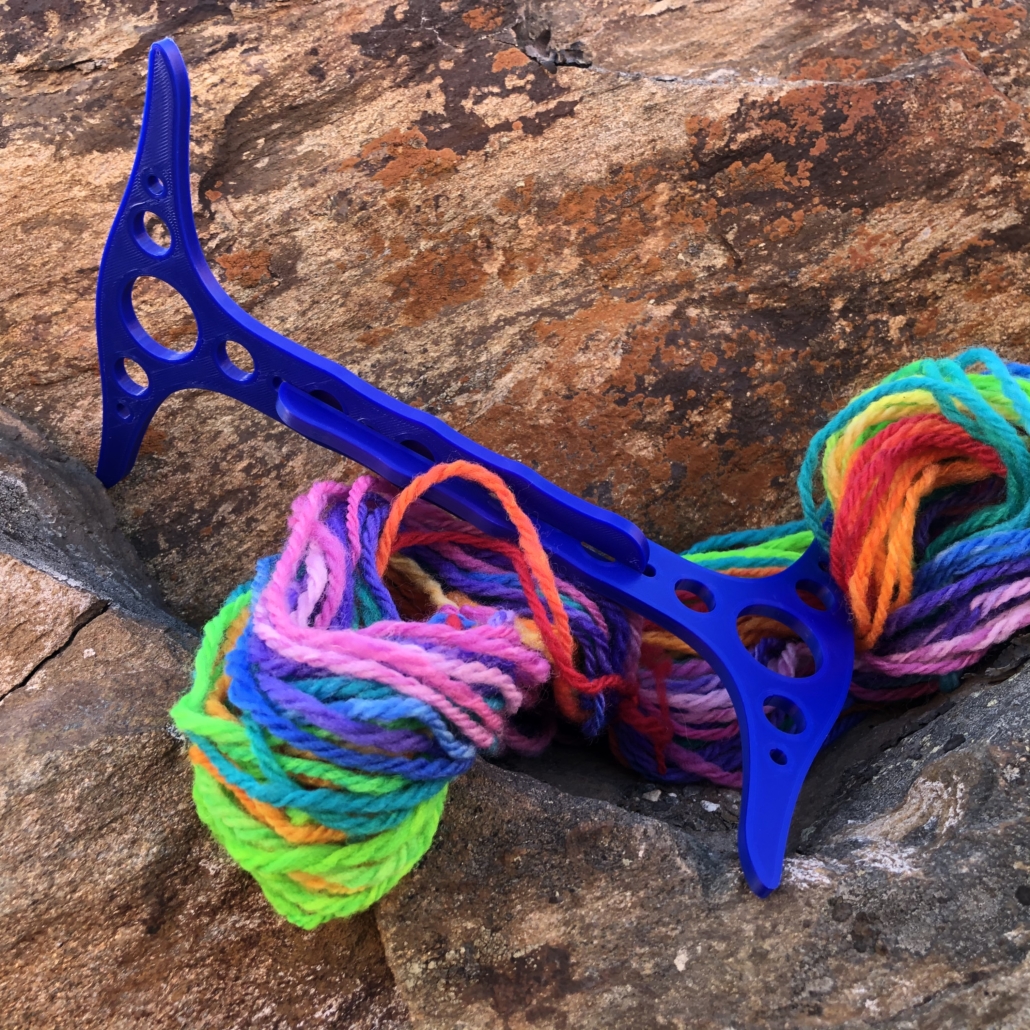
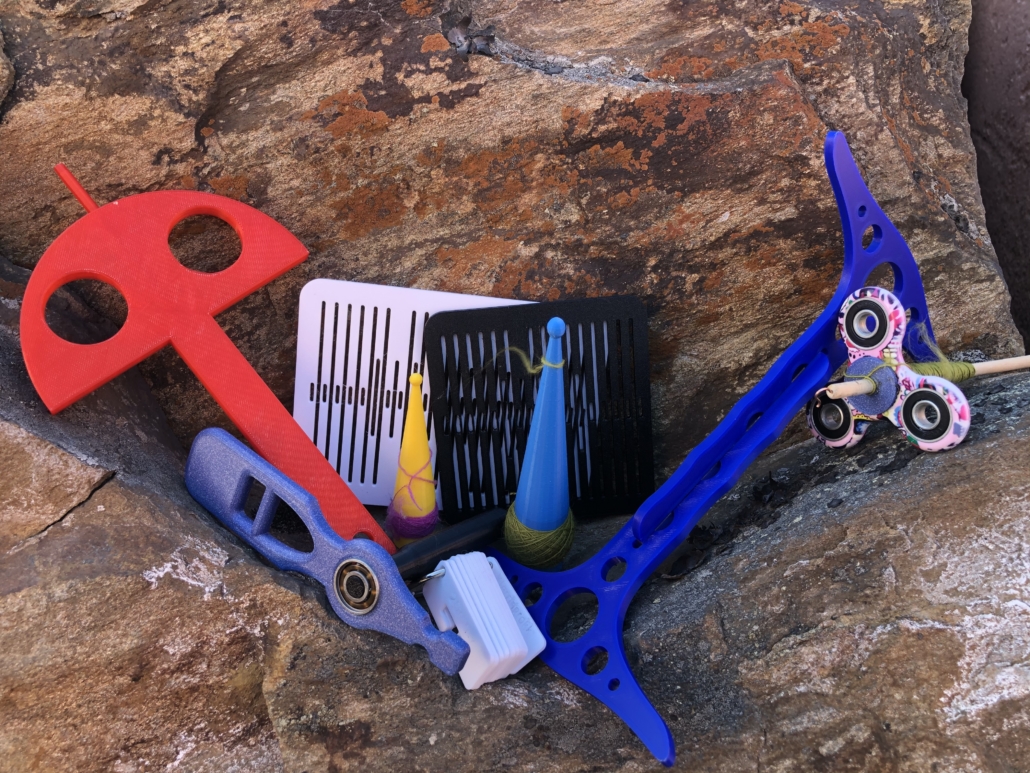


Is everything made from a 3D printer made out of plastic?